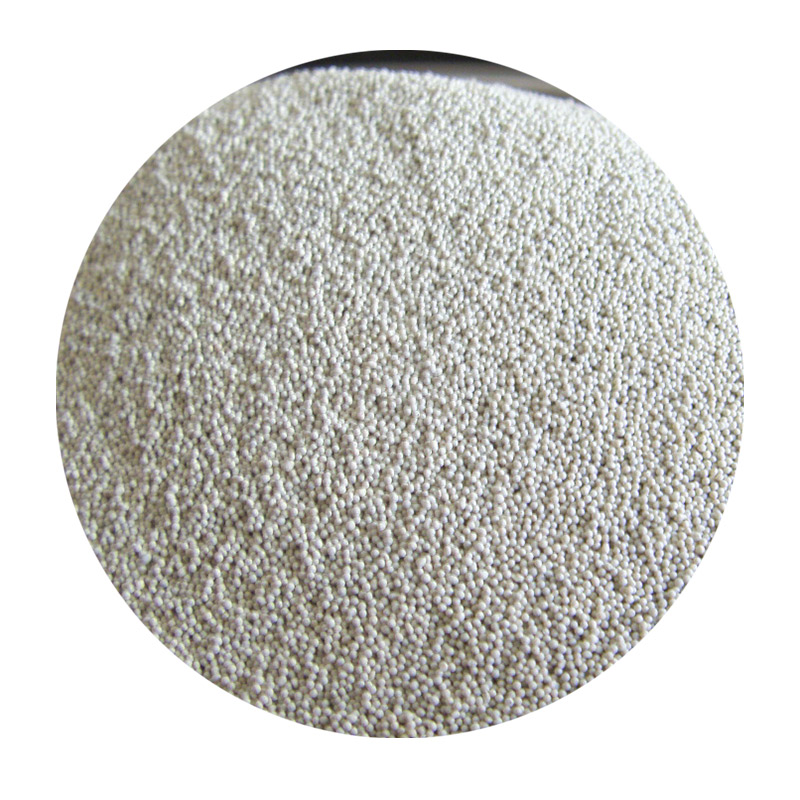Sintering Sand An Overview of Its Importance and Applications
Sintering is a critical process in materials science, particularly in the production of ceramics, metals, and various composite materials. Among the key components involved in sintering processes, sand plays an essential role. This article explores the concept of sintering sand, its characteristics, applications, and its importance in various industries.
Sintering refers to the process where particles are agglomerated under heat and pressure to form a solid mass without melting. The presence of sand in this process is crucial as it serves as a filler material, offering both physical and chemical properties that enhance the overall performance of the final product. Sintering sand is typically composed of small granules of silicon dioxide and can vary in terms of composition and granularity, impacting its behavior during the sintering process.
One of the most significant attributes of sintering sand is its ability to withstand high temperatures. During the sintering process, the sand grains experience thermal expansion, which contributes to the densification of the material. This property makes it particularly valuable in applications where materials must endure harsh conditions, such as in the manufacturing of refractory products, which are designed to absorb, withstand, and retain heat.
Moreover, sintering sand is extensively used in the foundry industry. When producing metal castings, sand is mixed with a binding agent to create molds. The mold material must possess excellent thermal stability and low thermal conductivity, characteristics that are provided by sintering sand. Once molten metal is poured into the mold, the sand allows for the even distribution of heat, ensuring that the final casting has uniform properties. After the metal has cooled and solidified, the sand can be reclaimed and reused, making it an economically favorable option for manufacturers.
sintering sand

In the construction industry, sintering sand finds applications in the production of cement and concrete. When mixed with appropriate additives, sintering sand contributes to the mechanical properties of concrete, making it more robust and durable. The fine granules of sand enhance the binding capabilities of cement, promoting better adhesion and increasing the overall strength of the construction material.
Environmental concerns have led to a growing interest in sustainable materials in recent years. Sintering sand can play a role in this movement. By utilizing recycled sand from foundries and other industries, manufacturers can decrease waste and reduce the demand for virgin materials. This not only helps in conserving natural resources but also minimizes the environmental impact associated with mining and processing new sand.
Research is ongoing to improve the properties and applications of sintering sand. Innovations in nanotechnology, for instance, are being explored to enhance the performance of sintering sand composites. This includes increasing the heat resistance and mechanical strength of the materials produced, paving the way for new applications in aerospace, automotive, and electronics industries.
In conclusion, sintering sand is a vital material in many industries, offering enhanced properties that improve the quality and functionality of the final products. Its importance ranges from traditional applications in metal casting and construction to innovative uses driven by advancements in technology and sustainability efforts. As research continues to uncover new potentials for sintering sand, it is likely to remain a cornerstone in the development of advanced materials, securing its place in a variety of industrial applications for years to come.
Post time:டிசம்பர் . 13, 2024 07:12
Next:sanding 3d printed
